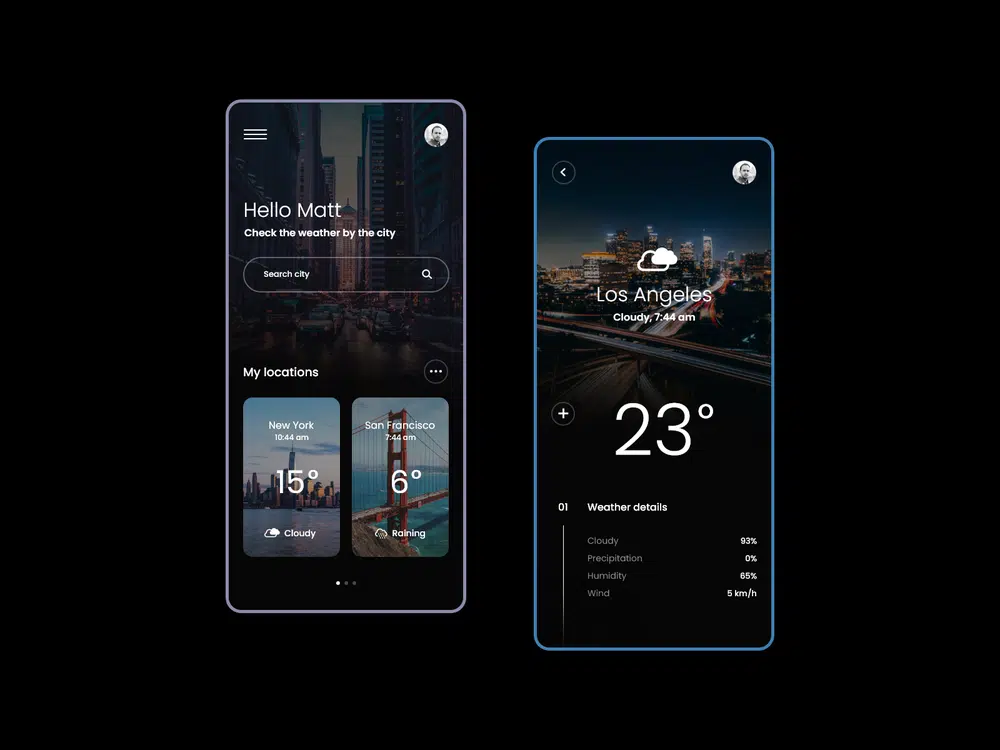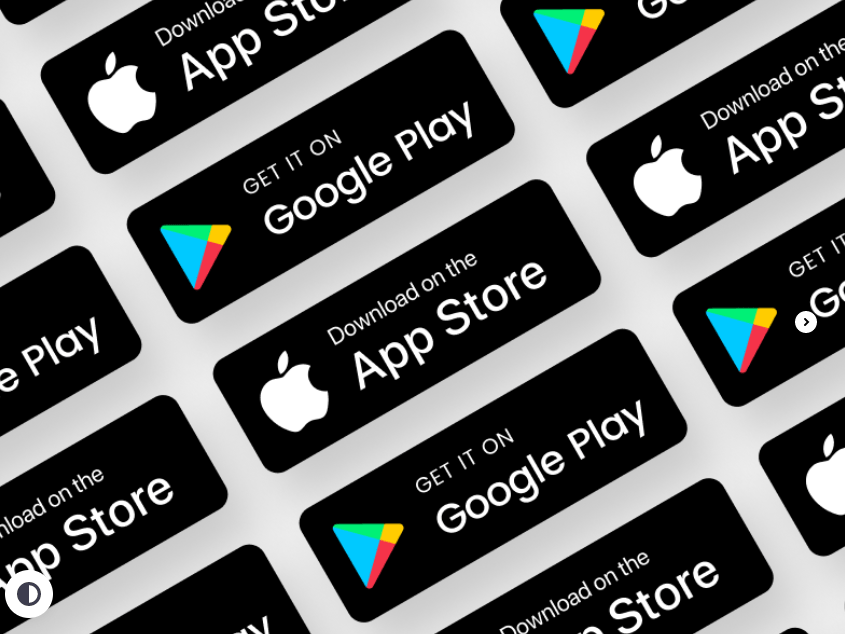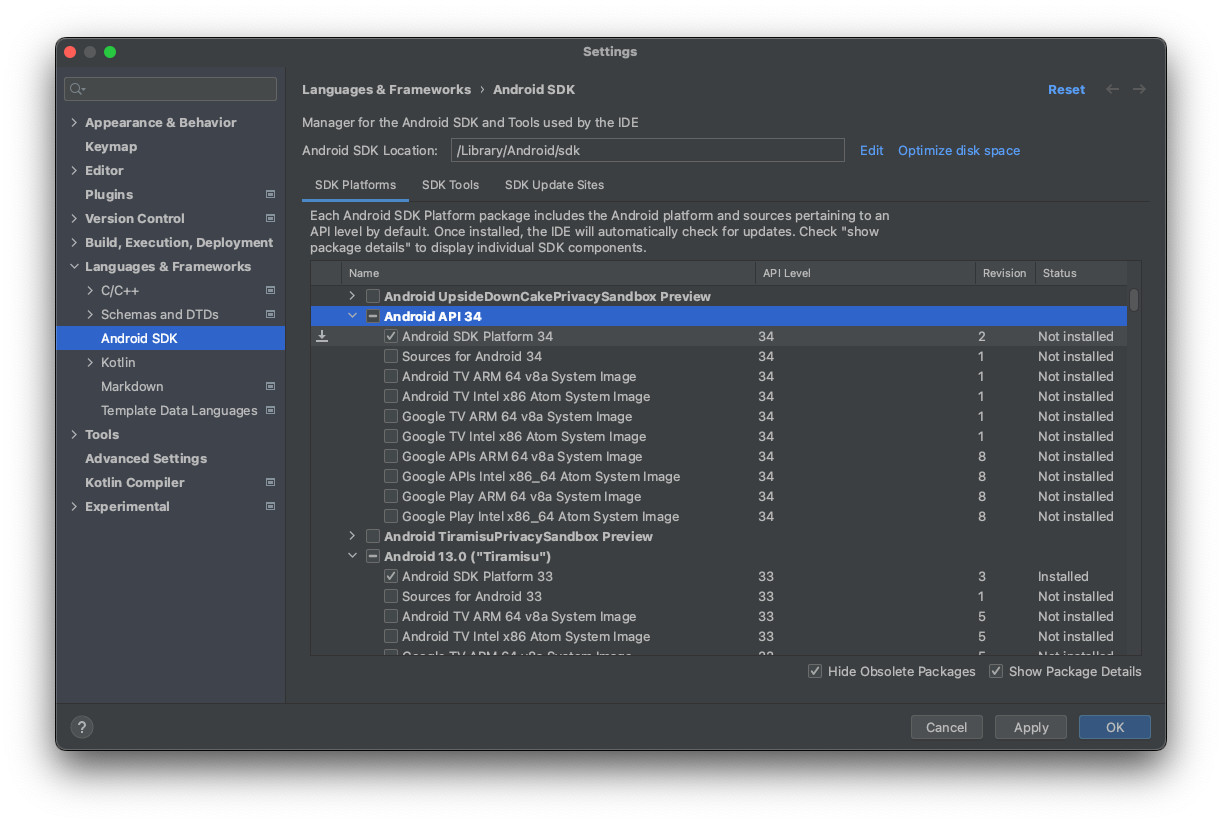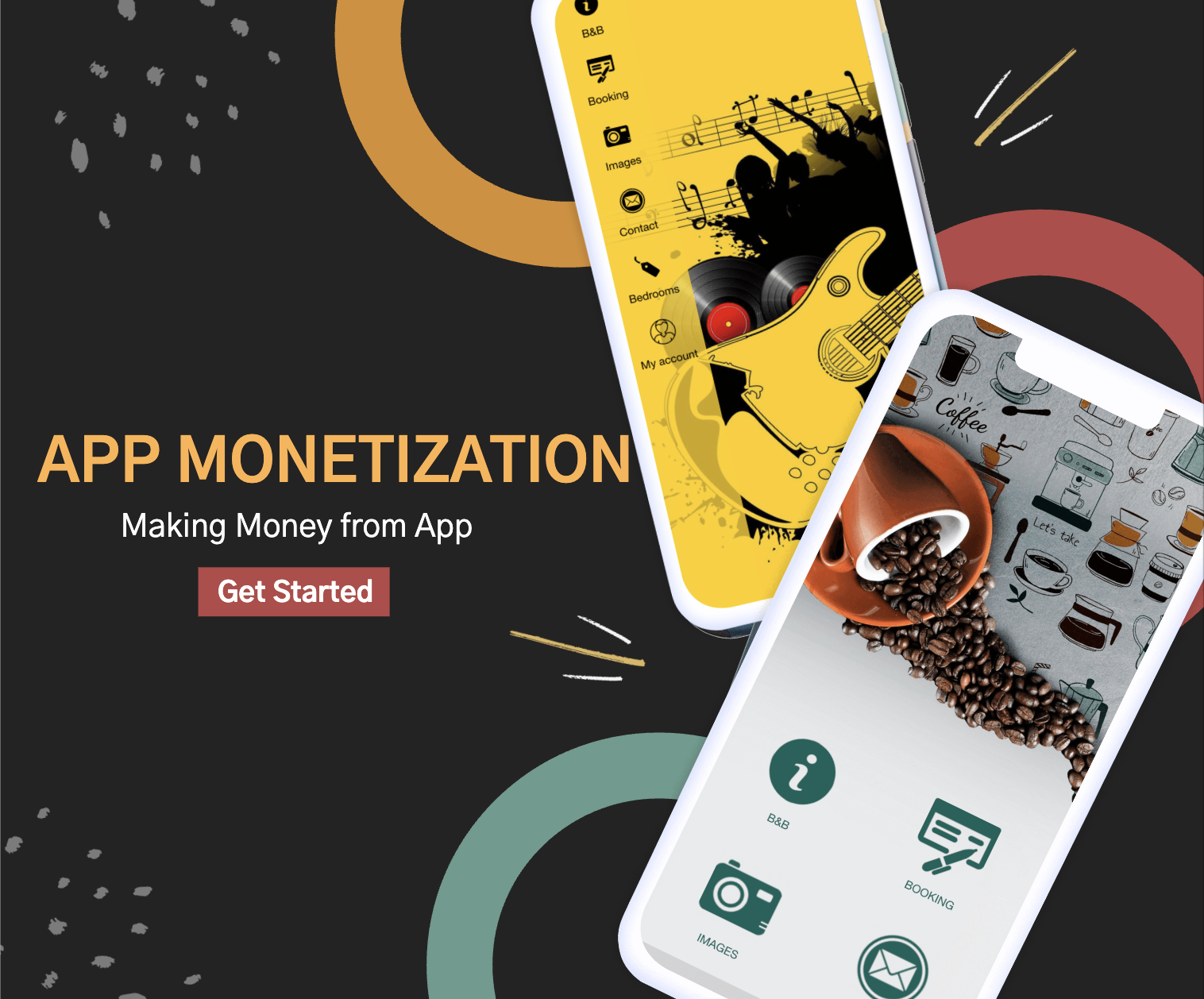Android and iOS are the two dominant mobile operating systems installed on over 95% of smartphones globally. While Android has a greater worldwide market share, iOS dominates in certain countries and demographics.
This article will examine the key differences between Android and iOS users in areas like demographics, brand loyalty, usage habits, purchasing behavior, and device security. Understanding the main variations between these two major user bases can provide valuable insights for developers, marketers, and businesses looking to engage with smartphones via mobile app creation.
The battle between Android and iOS is fierce, with users often polarized and loyal to one platform. However, switching does occur, especially with key device launches. Examining user preferences and behaviors between the two operating systems can reveal advantages and disadvantages that impact the consumer experience.
It also showcases how successfully Apple and Google have catered to the priorities of their respective core demographics. This breakdown aims to give an insightful and balanced comparison of Android and iOS users.
Android and iOS users – Behavioural Comparison
Market Share
Android and iOS have been the dominant mobile operating systems for over a decade now. Globally, Android has a larger market share than iOS.
According to IDC, in Q4 2022, Android had a 71.3% market share worldwide, while iOS had a 27.5% market share. This gap closes significantly in developed countries like the US, where Android had a 51.2% market share compared to iOS’s 48.2%. In emerging economies like India, Android completely dominates with over 95% market share.
China is another market where Android reigns supreme, holding around 85% market share. iOS does retain dominance in some markets like Japan, where it has a 68% share. Overall, though, Android’s higher market share stems from its greater availability across budget and mid-range devices, whereas iOS is restricted to Apple’s premium-priced iPhones. The pricing strategy allows Android to target wider demographics, especially in developing nations.
Make an app with Swiftspeed Appcreator
Create premium apps without writing a single line of code, thanks to our user-friendly app builder. Build an app for your website or business with ease.
Demographics
When it comes to demographics, there are some distinct differences between Android and iPhone users.
- Age
Android tends to skew younger, while iPhone users tend to be older. Studies have shown the average Android user is in their early 30s, while the average iPhone user is in their late 30s. This makes sense as Android phones tend to be more budget-friendly options that appeal to a younger demographic.
- Gender
Historically, Android had more male users, while iPhone drew more female users. However, this gap has closed in recent years as both platforms are now close to gender-neutral.
- Income
Perhaps unsurprisingly, iPhone users tend to have higher incomes. Surveys show a majority of iPhone users have an annual household income over $85,000. By contrast, Android users are more evenly distributed across income levels, although lower income groups are more heavily represented. This aligns with Android’s wider range of prices, including more budget options.
So, in summary, the typical Android user tends to be younger, male, and of lower income compared to the older, female, and wealthier average iPhone user. However, these demographic differences are not as extreme as they once were. Both platforms appeal to a wide spectrum of ages, genders, and incomes.

User Loyalty
When it comes to user loyalty, both iOS and Android have their fair share of devoted users. However, studies have shown that iOS users tend to be more loyal to their operating system than Android users.
One survey by Morgan Stanley found that 92% of iOS users said they were highly satisfied with their device, compared to only 77% of Android users. CNBC reported that Apple has a 91% loyalty rate, while Samsung’s is just 56%.
Part of the reason is likely due to iOS only being available on Apple devices. So if someone owns an iPhone, they have no choice but to stick with iOS if they want to remain in the Apple ecosystem. On the other hand, Android is on many devices from various manufacturers, making switching easier.
There’s also a perception that Apple products and iOS are of higher quality and more refined. iOS users cite the cohesive user experience and extensive App Store as reasons they prefer their devices. Whereas some Android users are on that platform purely due to lower-cost options.
Additionally, iOS users tend to be more engaged with the platform. Studies by Mixpanel and Fiksu found that iOS users download more apps, use more mobile data, and are more loyal to apps than Android users.
All signs point to iOS fostering greater loyalty among its user base. The closed ecosystem and premium brand image seem to inspire allegiance in a way that the fragmented Android landscape struggles to match. Marketers, Android app builders, and iOS app builders must keep this in mind when targeting each audience.
Switching Behavior
When it comes to switching between operating systems, most users tend to stick with what they know. According to surveys, less than 10% of smartphone users switch between iOS and Android in a given year.
Loyalty is especially high among iOS users, with over 90% of current iPhone owners staying with Apple when they upgrade their devices. However, Android switching rates are higher, with about 15-20% of Android users jumping ship to iOS when getting a new phone.
Those who do switch tend to do so for a few key reasons:
- New features or design – A major redesign or new feature set like Face ID on a new iPhone model entices some users to upgrade within their OS or switch over from the competition.
- Peer influence – Friends, family members, or colleagues recommending a different OS experience can compel some users to change platforms.
- Ecosystem integration – For users deeply ingrained in one ecosystem, like with MacBooks and iPads, switching to an iPhone can provide tighter integration.
- Curiosity – Some users simply get curious about the “other side” and want to experiment with a different OS, especially if they feel their current one is getting stale.
- Work requirements – Company-provided devices or apps that work better on one OS versus another will force some users to switch.
Most users stick with their operating system of choice out of habit and comfort. But major new features and peer influence do compel a small share to switch each year. Android’s more fragmented ecosystem leads to slightly higher switching rates than iOS.
Brand Perception
Android and iOS users tend to view the brand image of their respective operating systems quite differently.
Android users often see the Android brand as innovative, customizable, and open. The ability to customize the home screen, choose different launchers, and sideload apps appeals to those who like to tinker with their devices. There is also a perception that Android offers more options and controls than the closed iOS ecosystem. The open-source nature of Android fosters the view that it is designed more for tech enthusiasts than casual users.
In contrast, iOS users view Apple’s brand image as clean, stylish, and user-friendly. There is a common perception that iOS devices work seamlessly together and offer a more polished, premium user experience. Apple’s control over hardware and software leads many iOS users to see the brand as reliable, aesthetically focused, and centered around simplicity. Additionally, iOS is sometimes considered more of a status symbol among users who see it aligned with luxury.
Android tends to be viewed as gadgety and experimental, while Apple crafts an aspirational brand image for iOS users. Both operating systems aim to appeal to different sensibilities and lifestyles through their divergent brand identities. However, there are also users on both platforms who do not necessarily conform to these general brand perceptions.
Usage Habits
Android and iOS users have somewhat different usage habits when it comes to interacting with their devices and apps. Here are some of the key differences that studies have shown:
- App usage frequency: Android users tend to use apps more frequently than iOS users. They open apps up to 30% more often during a typical day.
- Time spent in apps: iOS users spend more time in apps once they open them. The average iOS user will spend around 25% more time in apps per day compared to the typical Android user.
- Switching between apps: Android users tend to switch between apps more often. Rather than staying in one app, they are more likely to open up and switch between multiple apps.
- Browser usage: Android users rely more heavily on the native browser, while iOS users utilize apps more for browsing and reading content.
- Push notifications: iOS users are more receptive to push notifications and interact with them at higher rates than Android users.
- Voice assistants: Android users utilize Google Assistant for voice commands more frequently than iOS users take advantage of Siri.
- Messaging: WhatsApp is more widely used on Android devices, while iOS users prefer native iMessage. Both platforms have high usage of other apps like Facebook Messenger.
- Gaming: Mobile gaming usage tends to be higher among Android device owners compared to iOS owners. Hardcore mobile gamers still tend to prefer Android.
Android users tend to interact with more apps in shorter bursts, while iOS users concentrate their usage within fewer apps for longer periods of time per app. Both platforms have their advocates who enjoy tailoring the device experience to their personal usage preferences.
Purchasing Behavior
When it comes to actually spending money, there are some clear differences between iOS and Android users. Studies have shown that iOS users tend to spend more on apps and in-app purchases compared to their Android counterparts.
A survey found that iOS users spent an average of $47 on apps vs $37 for Android users over a 6-month period. The story is similar for in-app purchases and subscriptions, with iOS users outspending Android users by a factor of 2-4x, depending on the study. This disparity has been attributed to a few factors:
- Higher disposable income among iOS users
- More paid apps available on the iOS platform
- Superior discovery of paid apps in App Store vs Play Store
- Differences in how Google and Apple handle subscriptions
iOS users also tend to accessorize their devices more. Case studies show Apple customers are more likely to own audio accessories like AirPods, smartwatches, and other complementary devices. There’s an ecosystem factor at play, where iOS users want their accessories to integrate seamlessly with their iPhone or iPad.
Overall, developers and advertisers recognize that iOS users represent a more lucrative demographic when it comes to monetization. The purchasing power of the average iOS user simply outpaces that of the typical Android user. This manifests itself in everything from a willingness to pay for apps, spend on in-app purchases, and accessorize their devices.
Security
When it comes to security, both Android and iOS face threats but in different ways.
Android’s open-source nature makes it more vulnerable to malware attacks compared to iOS’s closed ecosystem. However, iOS is not immune. Malware targeting iOS increased by 400% from 2019 to 2021, exploiting vulnerabilities in iOS apps.
Another key difference is encryption levels. iOS has always encrypted device data by default, while Android only started doing so in 2016. iOS also employs end-to-end encryption for features like iMessage.
Vulnerabilities can also come from apps. The Google Play Store has stricter security than third-party mobile app stores and other app store alternatives, but malicious apps can still slip through. Apple’s App Store review process is more rigorous, yet vulnerabilities still occur, like the Exodus spyware found in legitimate apps.
Both platforms issue frequent security updates and patches to address vulnerabilities. Users play a key role as well by avoiding suspicious apps, links, and files. Ultimately, both platforms are reasonably secure for most users with some tradeoffs. iOS prioritizes user privacy and security, while Android offers more flexibility and customization at the potential expense of vulnerabilities.
Conclusion
The Android vs iOS debate has raged on for over a decade now, with loyal fans on both sides staunchly defending their chosen mobile platform. However, while the two operating systems take different approaches, they offer relatively similar core functionality for most everyday users.
When looking at the user base on each platform, some key differences emerge:
- Android tends to attract more budget-conscious consumers, as well as those who prefer customization and control over their devices. iOS users skew towards those willing to pay a premium for quality, seamlessness, and status.
- Developers still generally prioritize iOS apps over Android, since iOS users are more likely to pay for apps and in-app purchases. However, Android’s significantly larger market share globally ensures most apps are available on both platforms.
- iOS focuses on delivering a refined, intuitive user experience straight out of the box, while Android offers more flexibility and options through custom skins, launchers, and widgets.
- Strong feelings of loyalty exist among both Android and iOS users. However, iOS users switch platforms at a lower rate than Android users.
At the end of the day, the “average” user on both operating systems exhibits more similarities than differences in how they use their smartphones. The decision between Android and iOS comes down to personal preferences around cost, software ecosystem, customization, and brand affinity. Rather than a definitive “winner”, it’s a matter of which platform aligns more closely with an individual’s needs and values.




